(MENAFN- AzerNews)
Prominent Israeli artist Rami Meir came back to his homeland,
Baku, with whom we met at the Azerkhalcha exhibition centre and
talked about his work and the purpose of the visit.
We present an interview with the master, who celebrates his 60th
birthday this year, to Trend Life readers.
Rami Meir was born in Baku, but his ancestors were from Krasnaya
Sloboda of Guba District, the place of compact residence of
Mountain Jews. In the 1990s, he and his family emigrated to Israel;
however, the love for his native Baku, the culture and history of
multinational Azerbaijan is always preserved in his soul.
He is the chairman of Russia's Union of Artists of Mountain
Jews, a true bearer of the spiritual values of his people, which
he promotes all over the world. In particular, the artist created
the series 'Mountain Jews' over several years, back when Rami Meir
restored the history of the Mountain Jewsbit by bit, acting as a
documentary historian. He conveyed as authentically as possible not
only the external side of life but also the aesthetics of the life
of an entire nation, embedded in the texture and ornaments of
fabrics, the architecture of synagogues, the decorations of
dwellings and craft stores, in the images of people. Many of the
master's works are in private collections and museums in Russia,
the USA, Israel, Azerbaijan and other countries. Rami Meir is also
a poet, author of aphorisms and parables, and several books.
Moreover, a lyricist and a performer, he released two music albums
with composer Igor Timakov, in which, in 16 out of 32 songs, he was
accompanied by the State Orchestra of France. His business card
reads: 'The meaning of human life is to help millions find that
meaning.'
'I always come to my homeland with great pleasure. I am happy to
visit my native Azerbaijan again, which has a unique history,
culture, nature, and national cuisine, and is historically
distinguished by multiculturalism and tolerance. I am the author of
many aphorisms, one of which goes like this: 'People of Baku are
the multinational aristocracy of the Caucasus', which also reflects
the subcultural diversity of the country's peoples. There are few
places in the world where you will find a place where people speak
several languages since childhood, as it has always been in Baku.
Today, I have four native languages - Juuri, Hebrew, Azerbaijani,
and Russian. My mother prays in four languages. My fate is
connected with three states: my homeland - Azerbaijan, the homeland
of my ancestors - Israel, and also with Russia. And I am happy that
I was born in Baku! Azerbaijan has always given the opportunity to
embody the culture of many nations in a person while maintaining
their own identity.'
'It is gratifying to note that the culture of the Mountain Jews
has contributed to the development of arts and crafts. There have
always been master chasers and jewelers who made famous daggers and
belts, jewelry and adornments for women, etc. among our people. In
the works of our masters, there is always an Azerbaijani theme, and
this is natural since Azerbaijan is our homeland, the land of
eminent creators, warriors, cultural and scientific figures, and
creative intelligentsia, whom we admire and are proud of. It is a
great honor to represent Azerbaijan in the world with my works! A
special place in world history belongs to the Azerbaijani carpet
art, which is known worldwide and is included in the UNESCO List of
Masterpieces of the Intangible Cultural Heritage, in the collection
of museums and private individuals, the royal families of Europe.
It is gratifying that many ancient unique Azerbaijani carpets, a
national treasure, are returning to their homeland and decorating
museums in Baku,' Rami Meir said at the start of the
conversation.
The artist's next visit to the homeland is connected with the
presentation of a new, fourth joint project with Azerkhalcha OJSC,
which took place yesterday in Guba. Together with Azerkhalcha
chairman of the board Emin Mammadov and craftswomen, Rami
participated in cutting the hand-woven pile carpet 'Ascension of
the Soul', created on the artist's eponymous painting.
'Our first work with Azerkhalcha was presented in March this
year at the Azerbaijan National Carpet Museum as part of the 'The
History of One People – For the Whole World' exhibition. The
exhibition includes more than thirty paintings from my series
'Mountain Jews', as well as works, made in the technique of
embossing on metal, wooden sculptures, and decorative coins made of
precious metals. These works were united by the theme of history,
culture, traditions, and customs of the Mountain Jews - people with
a distinctive culture and their own Juuri language. A special place
in the exposition was given to the 'Guba carpet weavers from
Krasnaya Sloboda' carpet, specifically made by Azerkhalcha's
craftswomen for the exhibition and based on the plot of my painting
of the same name. Working on paintings, I always try to create
reliable, documentary images of my people. Behind each work, there
are specific personalities, which I displayed in this work.'
'Today, carpet weaving is a transformation of carpet fabric into
a work of art. And here, I would like to talk about the carpets
created by 'Azerkhalcha' based on my works - 'Pomegranate Orchard'
and 'God Almighty'. The combination of modern technologies, design,
centuries-old craft traditions, and the use of natural materials,
appreciated at all times, gives exclusivity to the carpets. The
image of a pomegranate is one of the most beloved in creativity, a
universal symbol of joy and abundance, fertility, and majestic
wisdom, found both in sacred writings and medieval poetry of the
East. In my work, the pomegranate, a holy fruit for my two native
countries - Azerbaijan and Israel, becomes a symbol of the unity of
the two peoples. I created 'God Almighty' in 1999, and it has a
magical meaning. In it, I collected the symbols of Judaism, which
were used five or six centuries ago and were forgotten. The content
of this work fully explains its name - the Creator is one, and He
is everywhere and always at the same time. And the task of a person
is to strive to be similar to the Creator with his life, thoughts,
and deeds and to approach him every day. In the center of the
composition, there are 10 worlds, symbolizing the 10 commandments,
which show the supreme power of the Almighty. Now, this carpet is
in the exhibition center Azerkhalcha in Icheri Sheher.
The second big project from Azerkhalcha was presented in Israel
in July this year. An exhibition in Tel Aviv entitled 'Carpets as
Art. Beyond Borders, Beyond Time' was dedicated to Azerbaijan's
unique culture, traditions, and crafts, the embodiment of which can
be seen in world art, as well as Israeli heritage. The exposition
will feature a painting from a series of works dedicated to
Judaism, carpet panels created according to the plots of my
paintings. The central place was occupied by a collection of
carpets belonging to the traditional Guba school of carpet weaving,
woven in Azerkhalcha,' the artist noted.
In early August, the exhibition 'Rami Meir. A Return 40 Years
Later' opened in the Azerbaijan Pavilion of VDNH in Moscow.
The exposition presents chased panels, paintings, and carpets
created according to the plots of paintings by Rami Meir in the
collaboration of Rami Meir Art and Azerkhalcha, as well as
sculpture and objects made in the technique of woodcarving, light
installations, ancient jewelry and weapons from personal
collections of items of mountain Jewish arts and crafts by Rami
Meir. The project, implemented in partnership with the Heydar
Aliyev Foundation and the Azerbaijan pavilion at VDNH, has gained
international fame and is on display until October 30. Particular
attention is drawn to the carpets woven by the craftswomen of
Azerkhalcha according to the picturesque scenes of Rami Meir.
'In August 2020, the State Museum of Oriental Art in Moscow
presented an exhibition of my paintings 'The History of One People
- For the Whole World', dedicated to the history of the Mountain
Jews of Azerbaijan. The exhibition aroused great interest, and
representatives of embassies visited it. This topic touched people.
I heard many excellent reviews, and gratitude for reminding people
of their heritage. And from people of other nations - interest and
gratitude that I told them about the Mountain Jews and such a
unique history of peaceful and kind existence in Azerbaijan of
peoples with different religions.
Now it is a great honor and pride for me to present the
exposition on such a significant prestigious project in the
Azerbaijan pavilion at VDNH in Moscow. The uniqueness of this
exhibition is connected with the history of my life. It happened 40
years ago, in 1982, when my exhibition was supposed to open in the
Azerbaijan pavilion at VDNH. I was 20 years old back then. All the
works - about 20 exclusive panels in jewelry embossing on copper,
on which I painstakingly worked for years, were stolen during
transportation. Unfortunately, the crime was never solved. Only two
works have survived by chance, which I then presented to my bride.
But sketches have been preserved, and my team is still searching
for them. It is gratifying that by the will of fate, 40 years
later, my exposition is presented in the pavilion 'Azerbaijan' with
a new exhibition. Therefore, the present exhibition is called
'Return 40 years later'. It aroused great interest among Muscovites
and guests of the capital.
The current work presented in Guba, the carpet 'Ascension of the
Soul', is a complex project in terms of design and technicality.
Together with Azerkhalcha, we set the task of transferring the 'oil
chasing' from the canvas into relief, three-dimensional patterns.
So the viewer in a non-standard form gets acquainted with the
symbols and the idea of the picturesque 'prototype'. The
difficulty of making the carpet lies in the unusual technique of
using piles of different heights, which change diagonally from
earthly to heavenly spheres. The work reflects my desire in
painting to go beyond two-dimensional and three-dimensional space,
and it has found a new embodiment in carpet products. Moreover,
over 30 shades were used to convey subtle colour combinations of
abstract painting. 'Ascension of the soul' - a return to the
beginning and truth, the restoration of the harmony of the two 'I'
in a person. This is a unique exclusive work, a new understanding
of carpet weaving, and it will go down in the history of carpet
weaving. Thus, my projects with 'Azerkhalcha' show not only art but
also the historical tolerance and multiculturalism of Azerbaijan,
love for the native land,' the master said.
Rami Meir shared his plans for the future.
'I want to create a piece related to the Kharibulbul flower,
which is inextricably linked with Shusha and Karabakh and is a
symbol of love and peace in Azerbaijan. Since childhood, I have
often visited Shusha and remember this amazing land very well. And
now, I have started one project under the working title 'Ballad
about the seven beauties' - these are seven sculptural works of
women-mothers in a new technology, which I do not want to talk
about in detail yet. This will be a very original project -
according to my plan, these statues, one meter high, will be
located around a round pool, and children who are drawn to them are
opposite them. All sculptures will be in certain forms and with
appropriate gestures. I believe that works should please not only
the eye but also the soul - bring positive emotions and good
energy,' he said.
---
Follow us on Twitter @AzerNewsAz



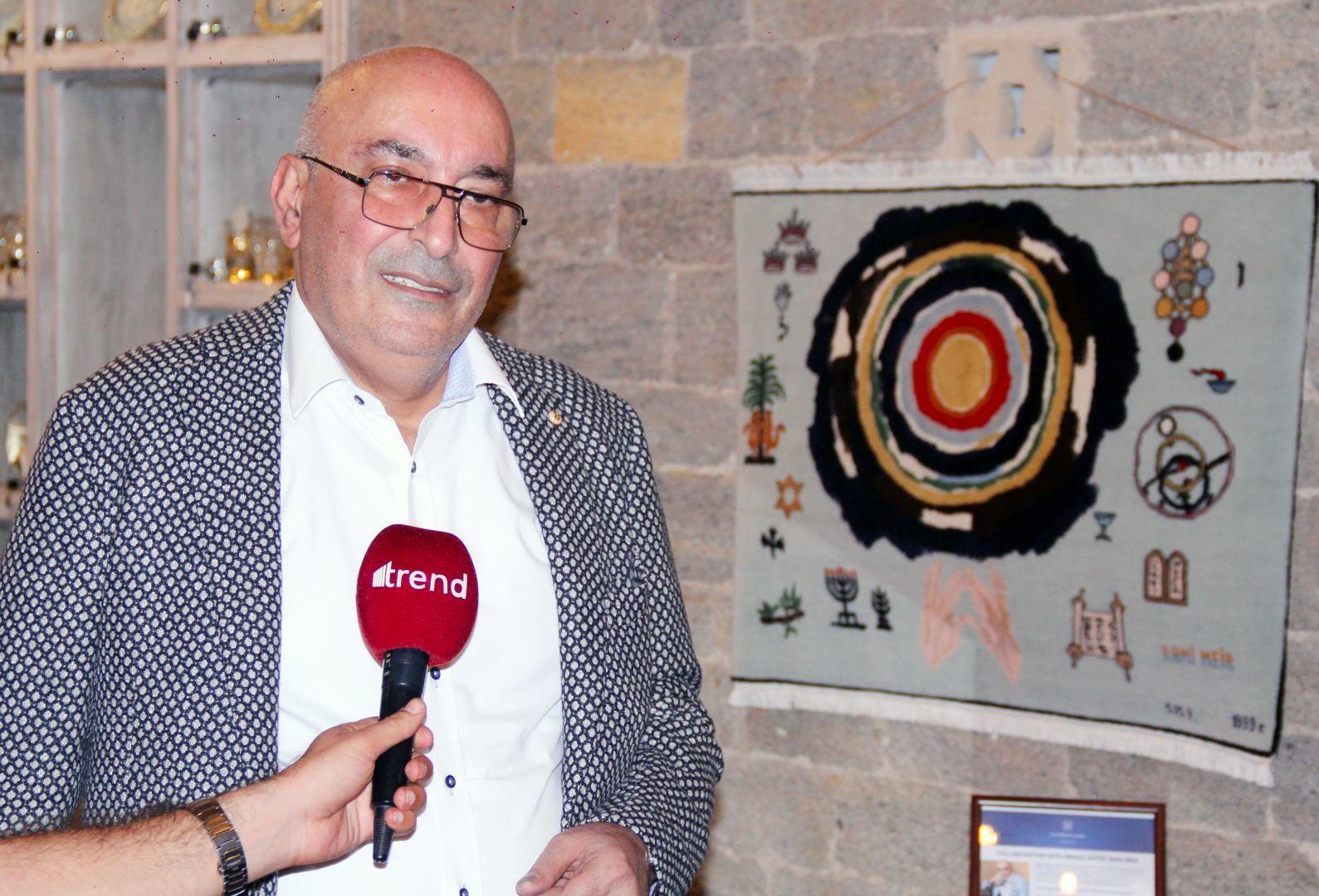
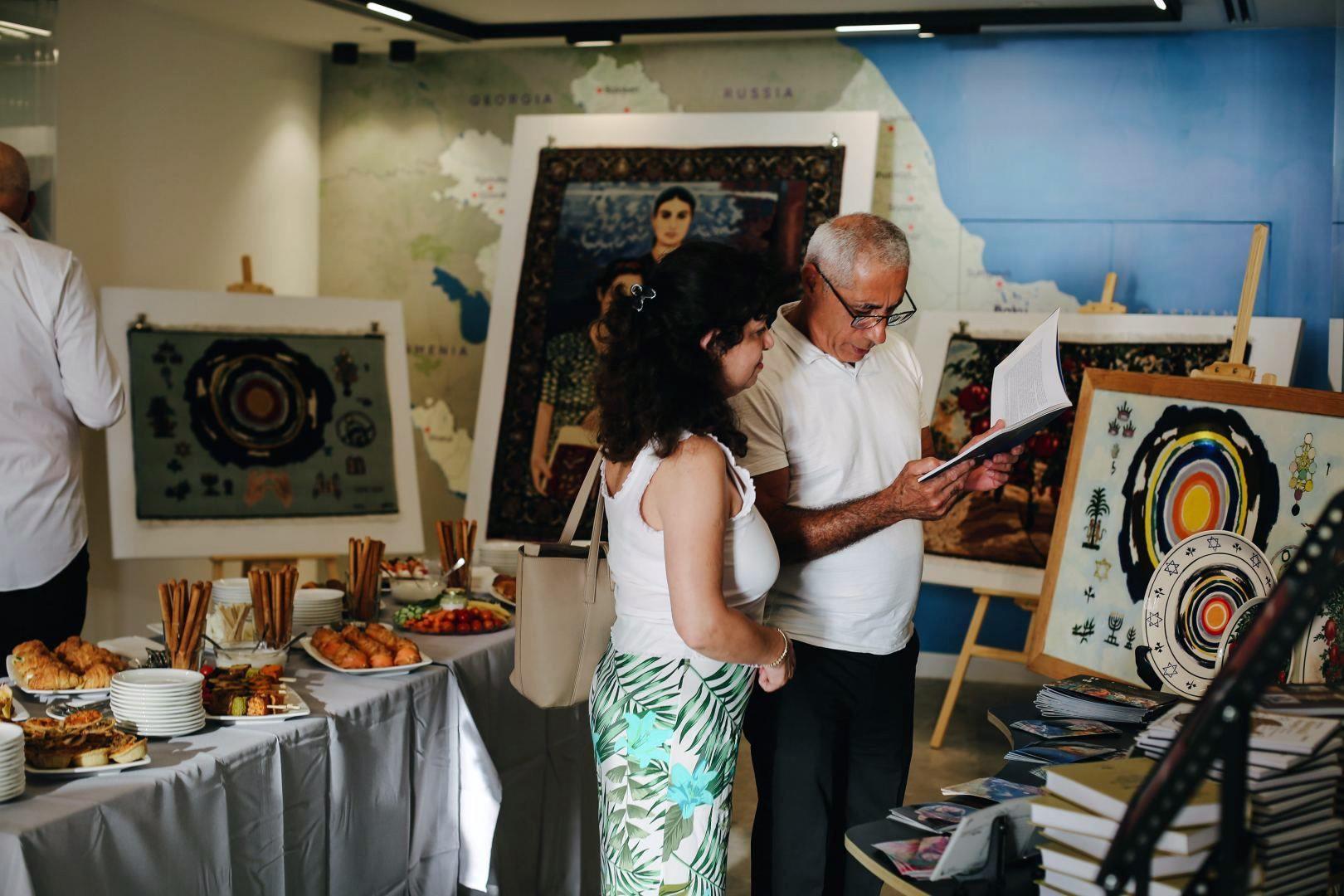
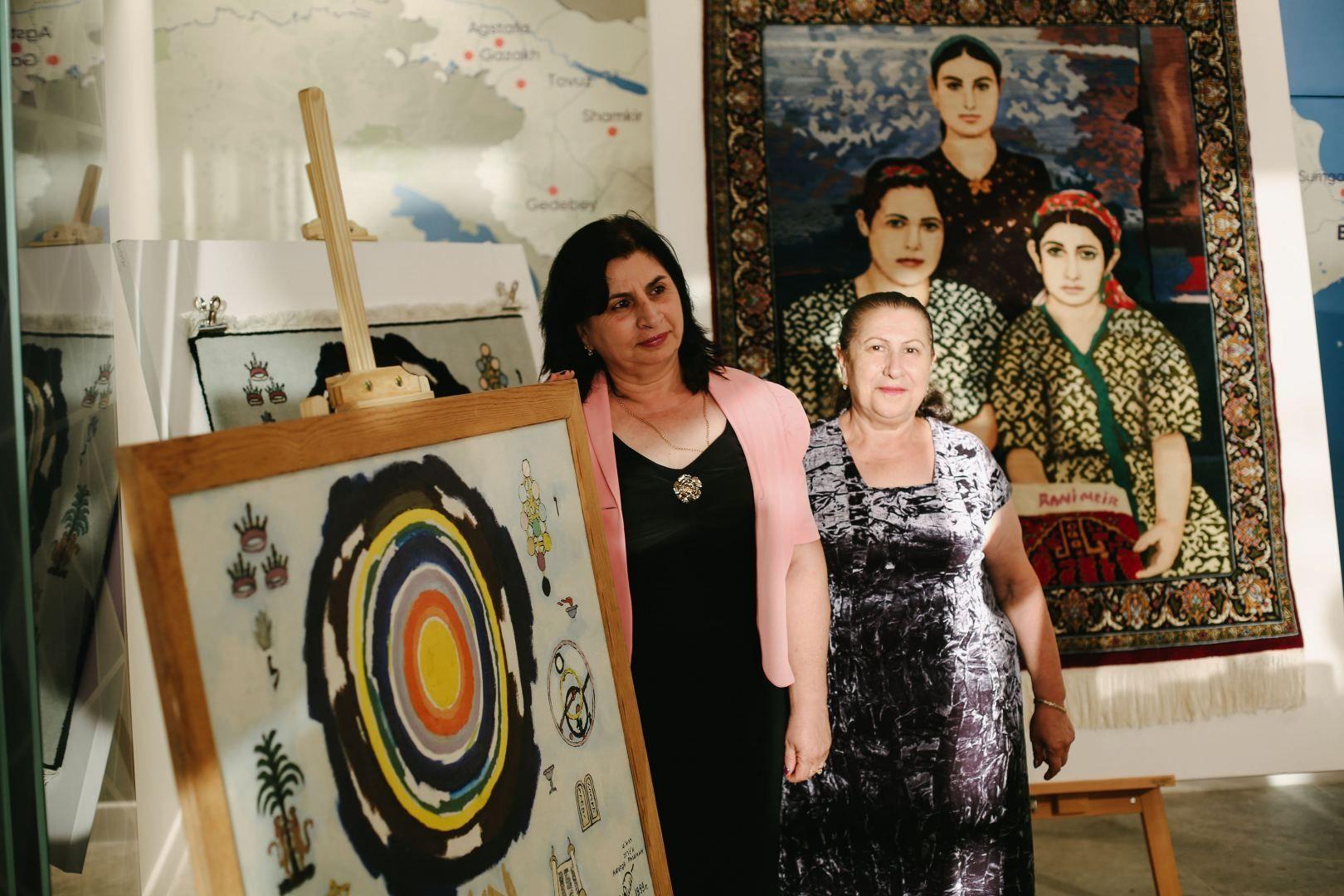
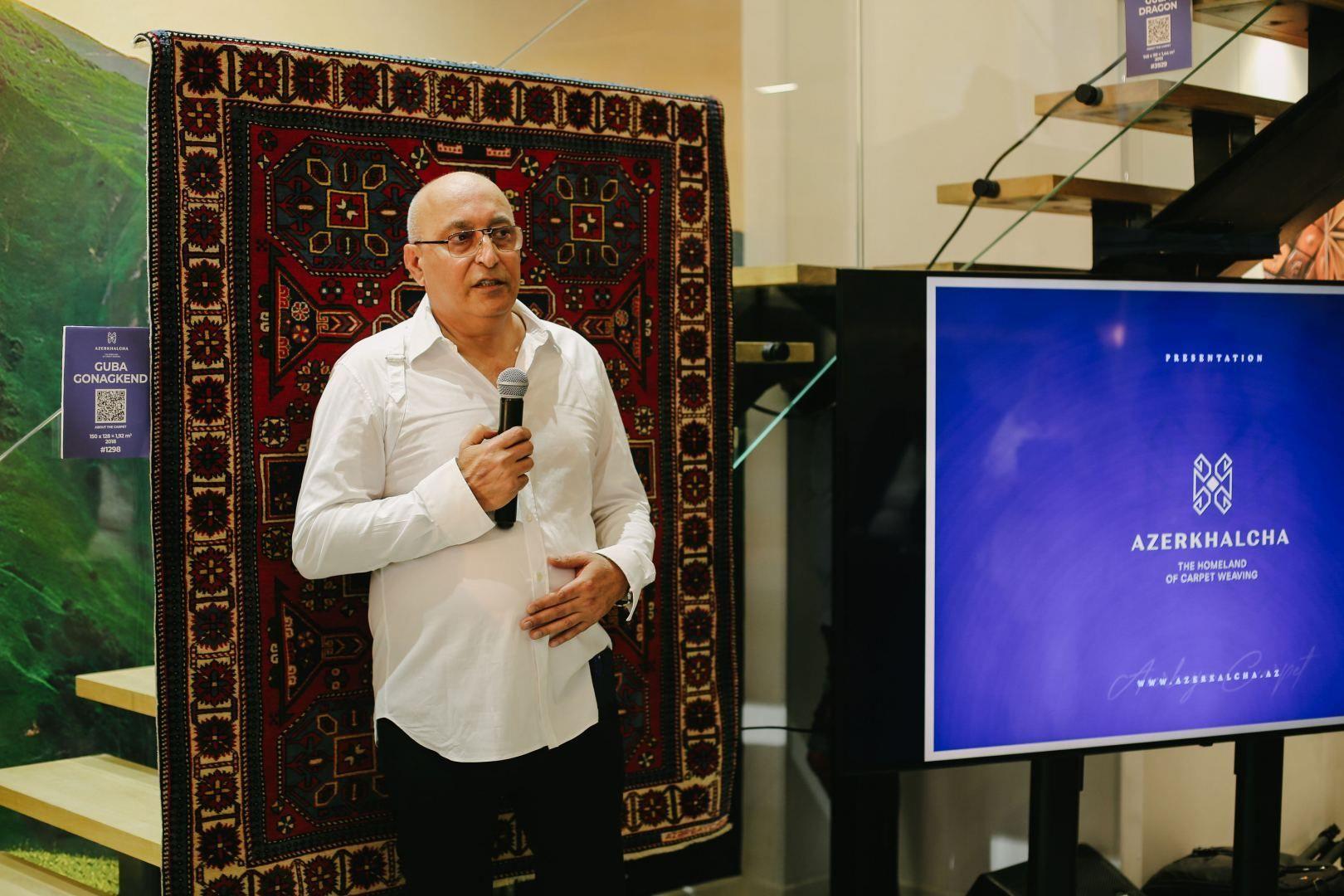


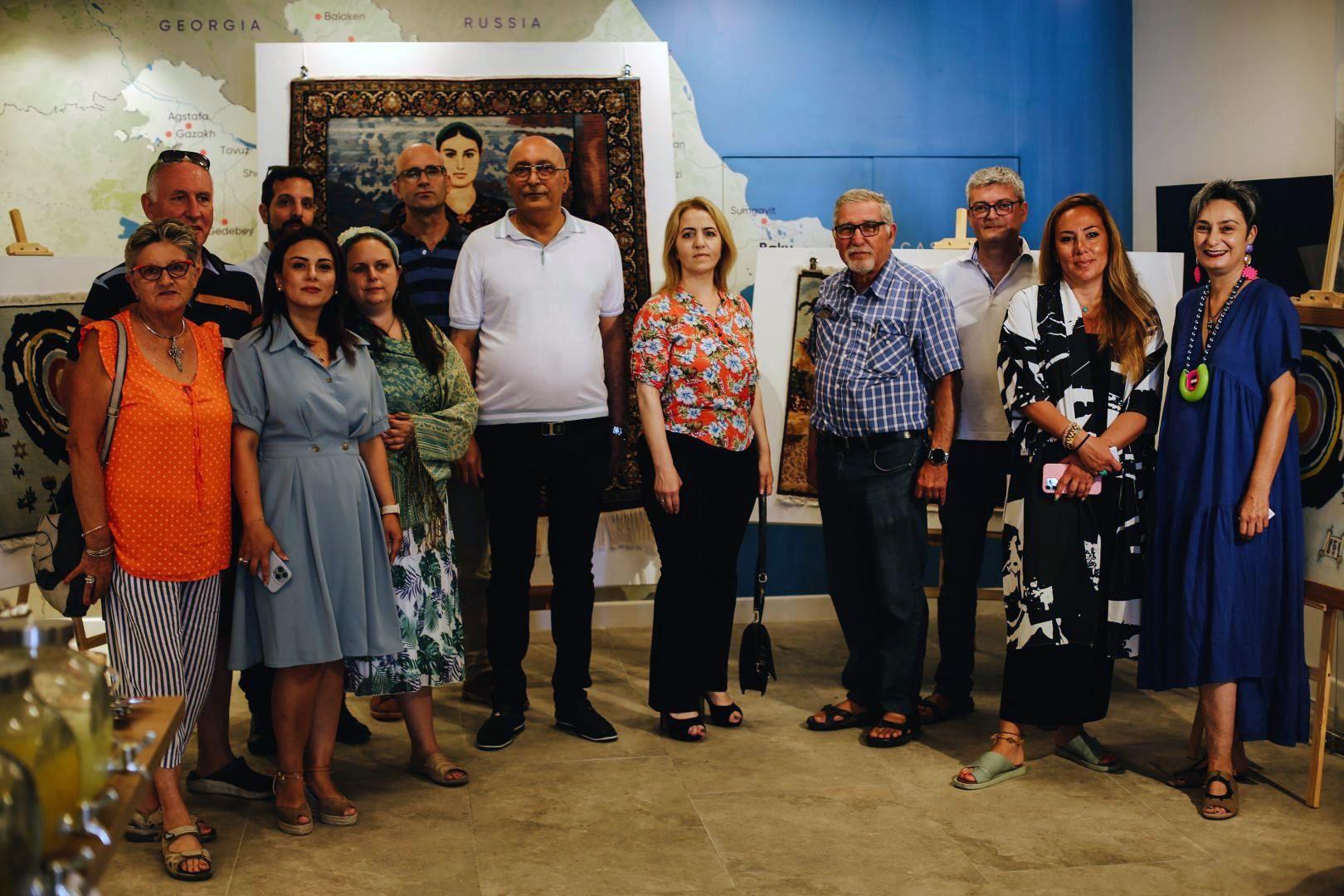

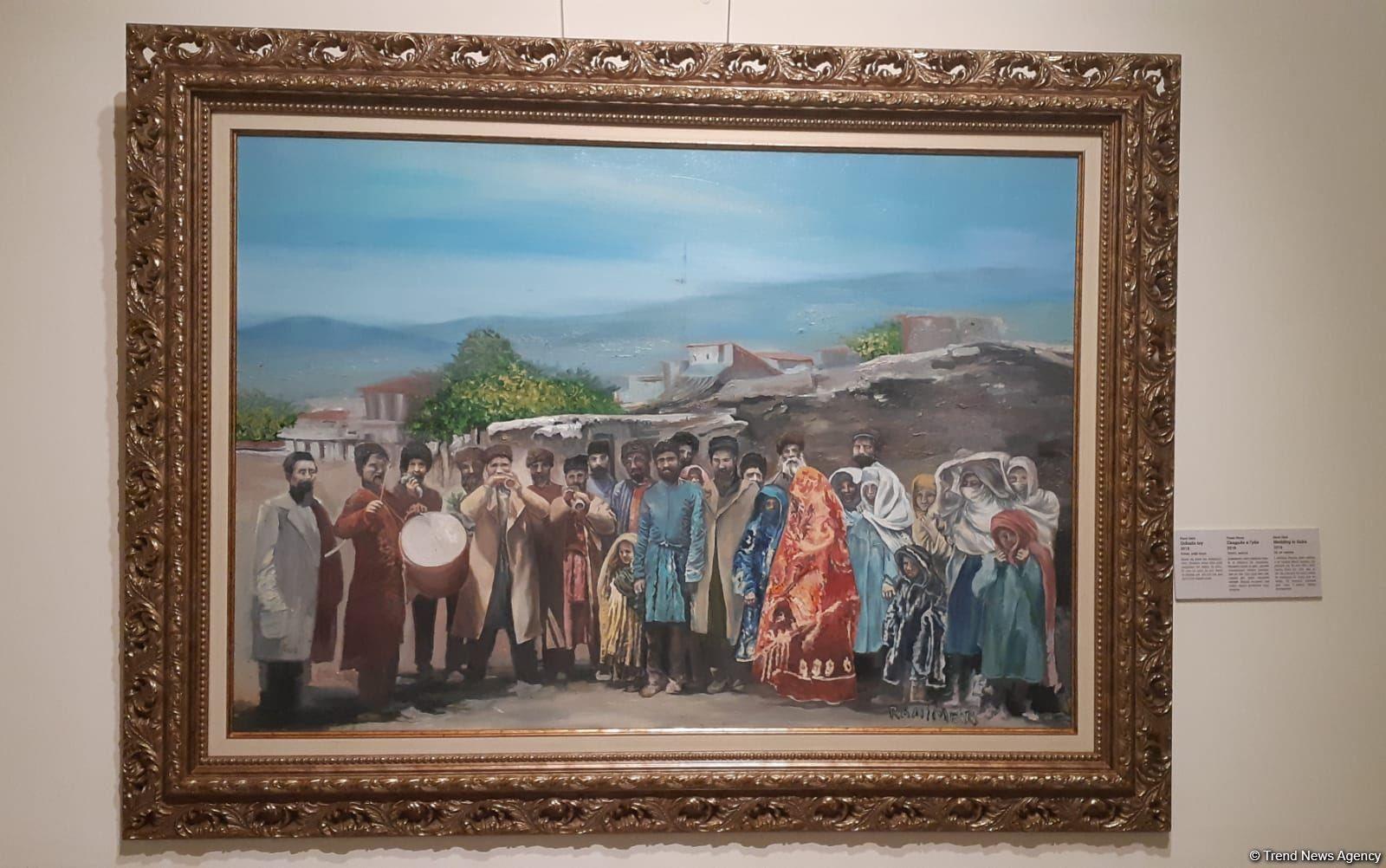
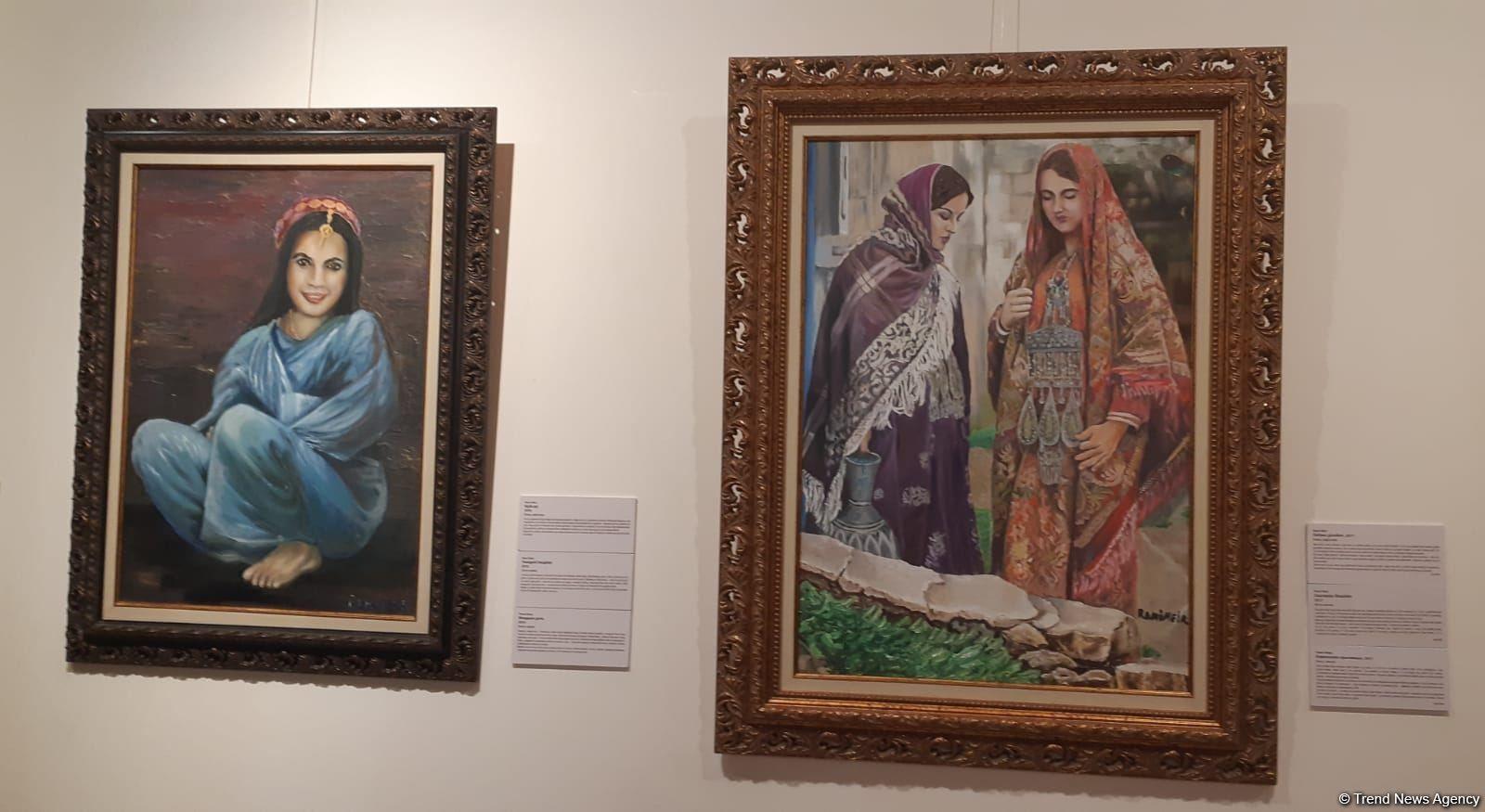
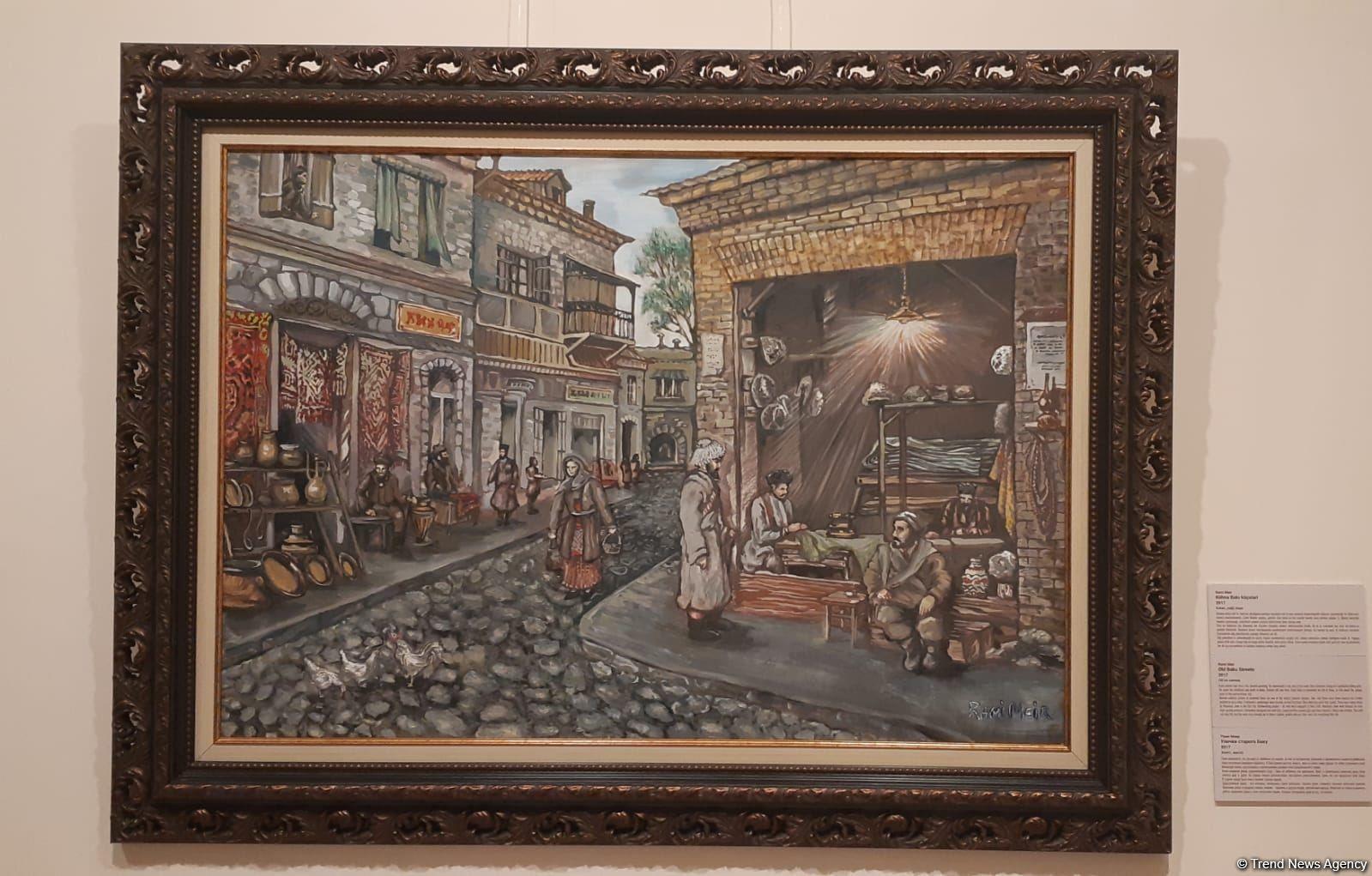
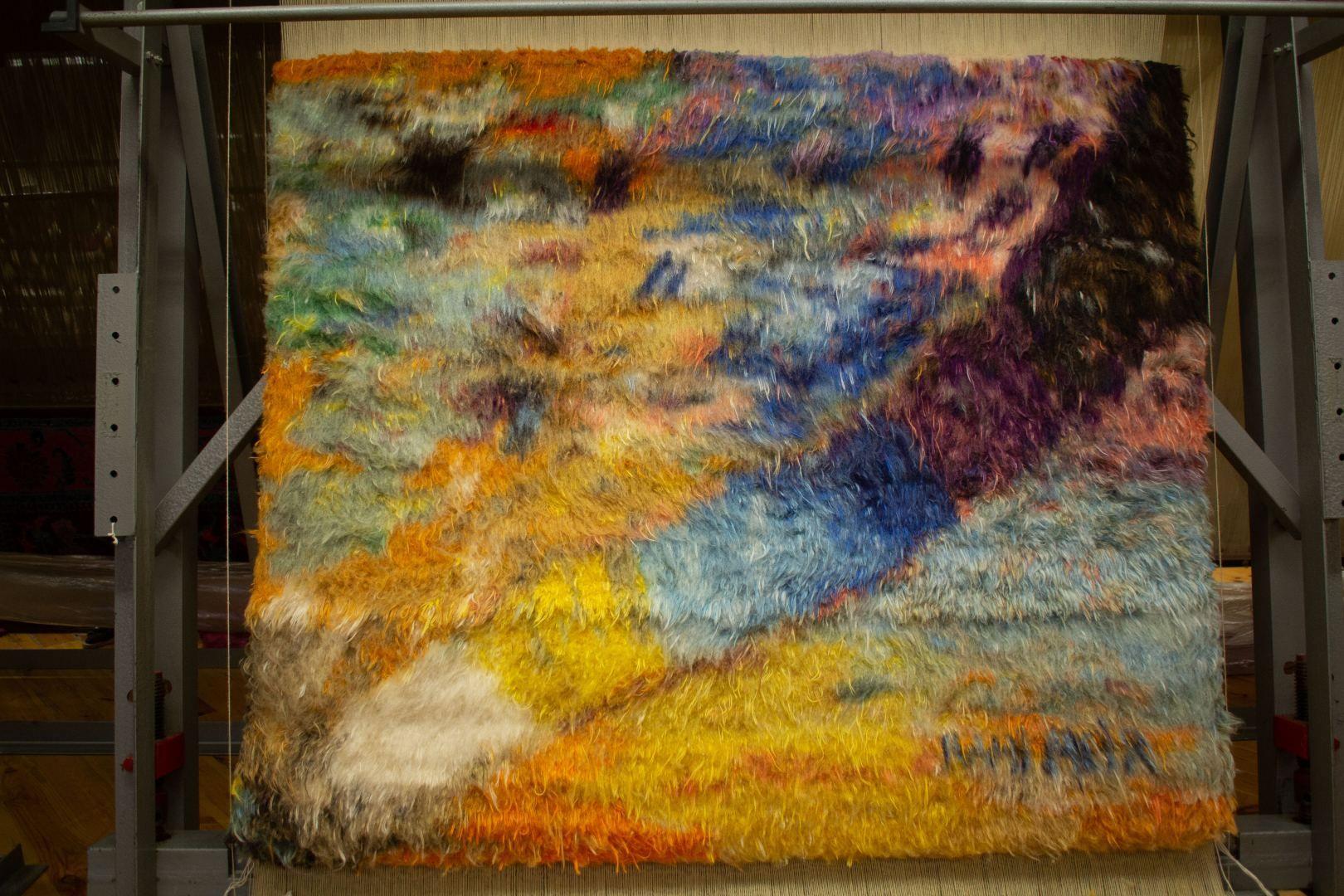
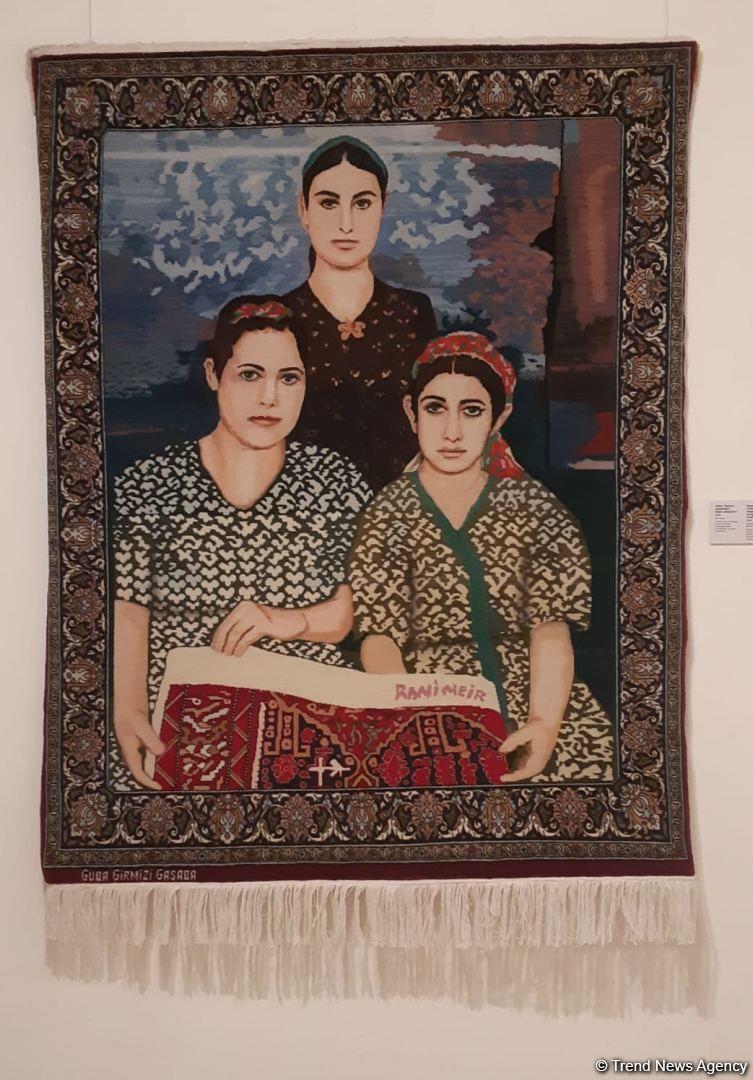

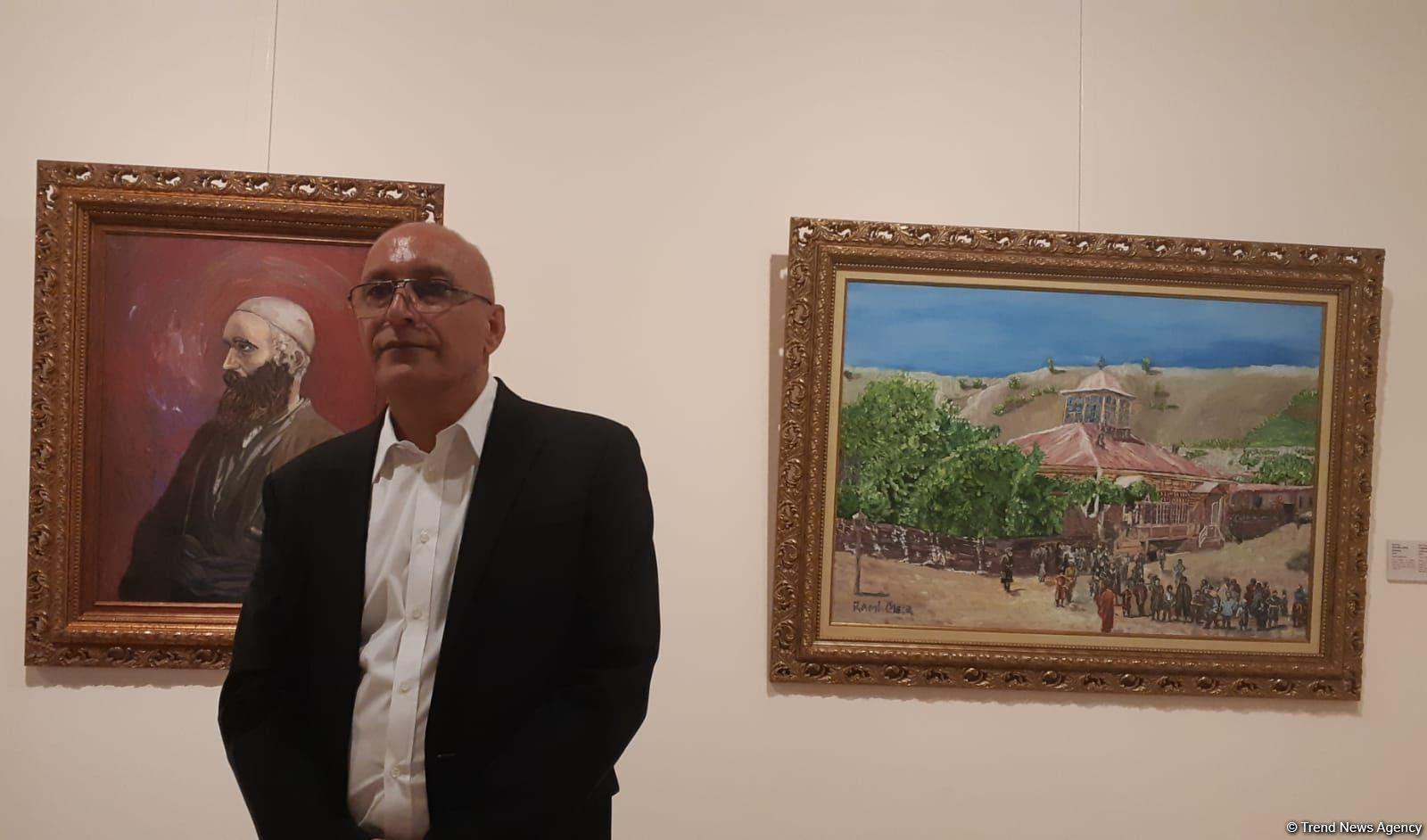

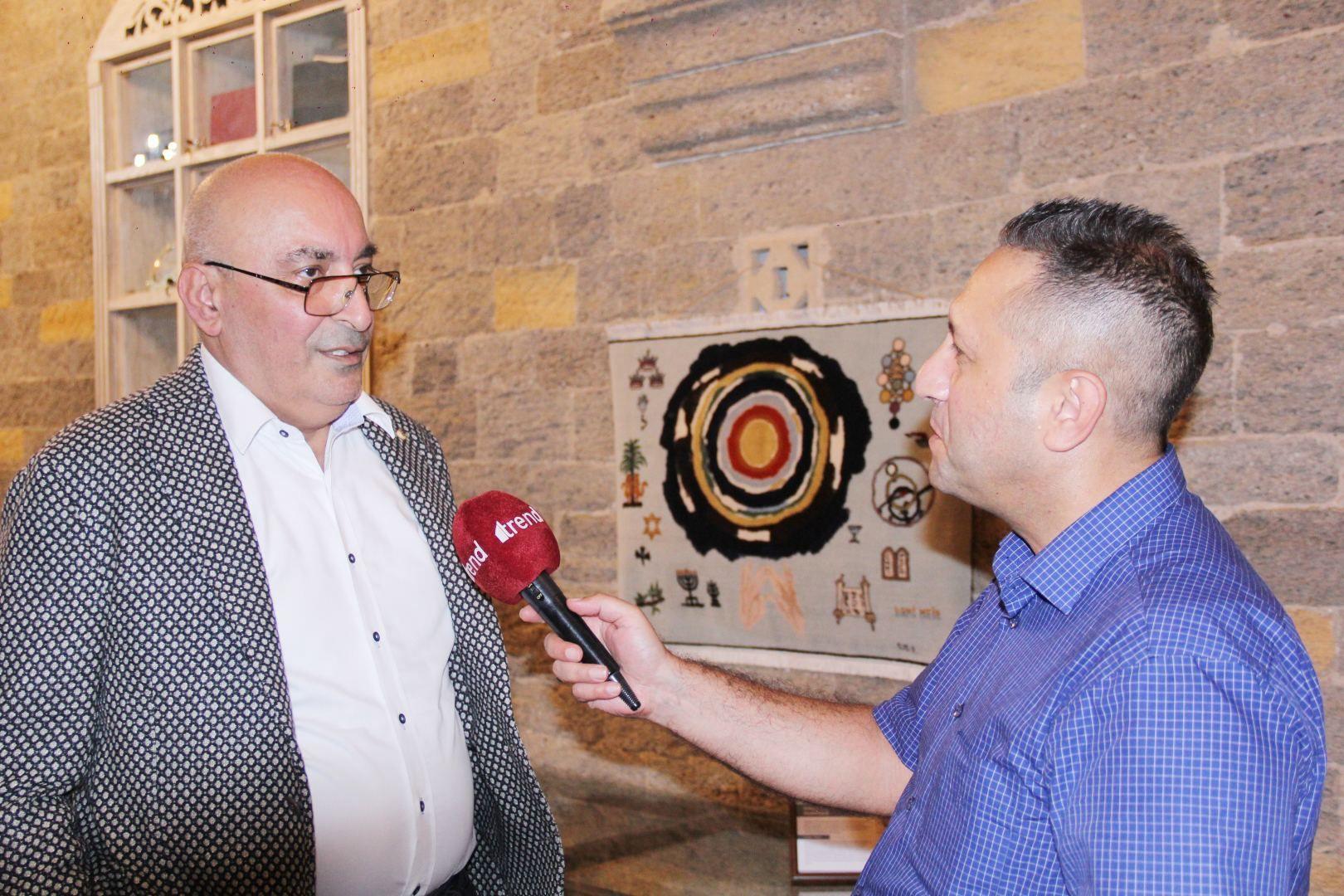
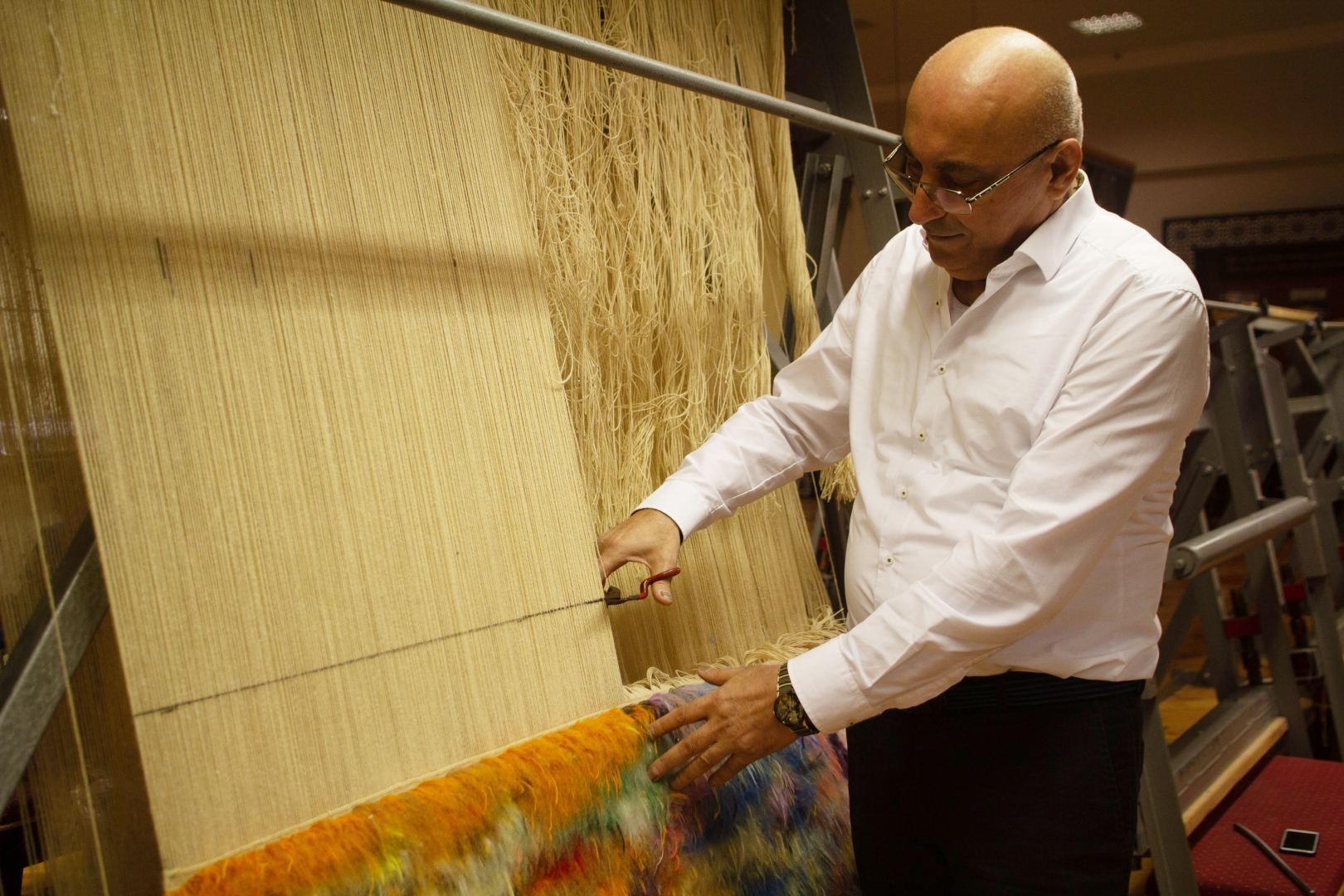



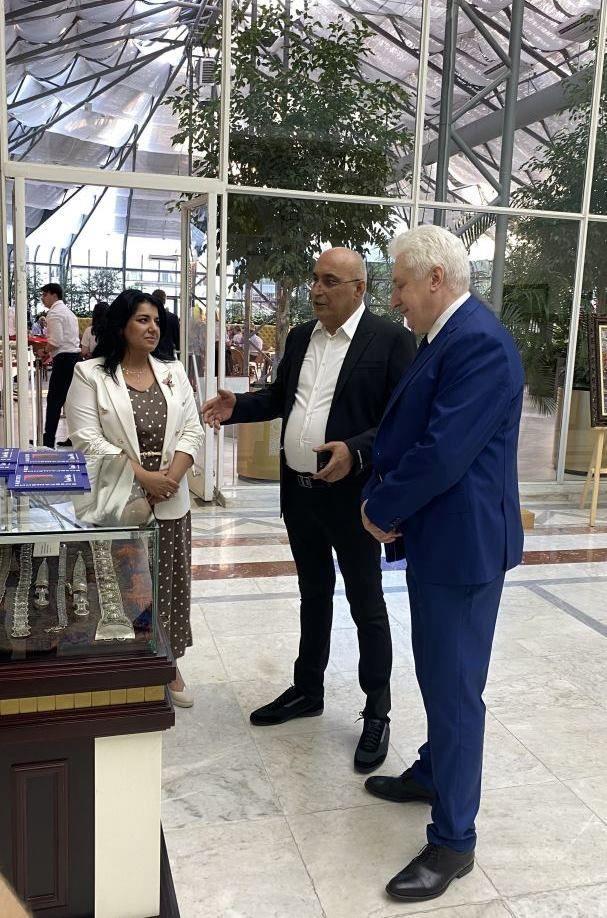
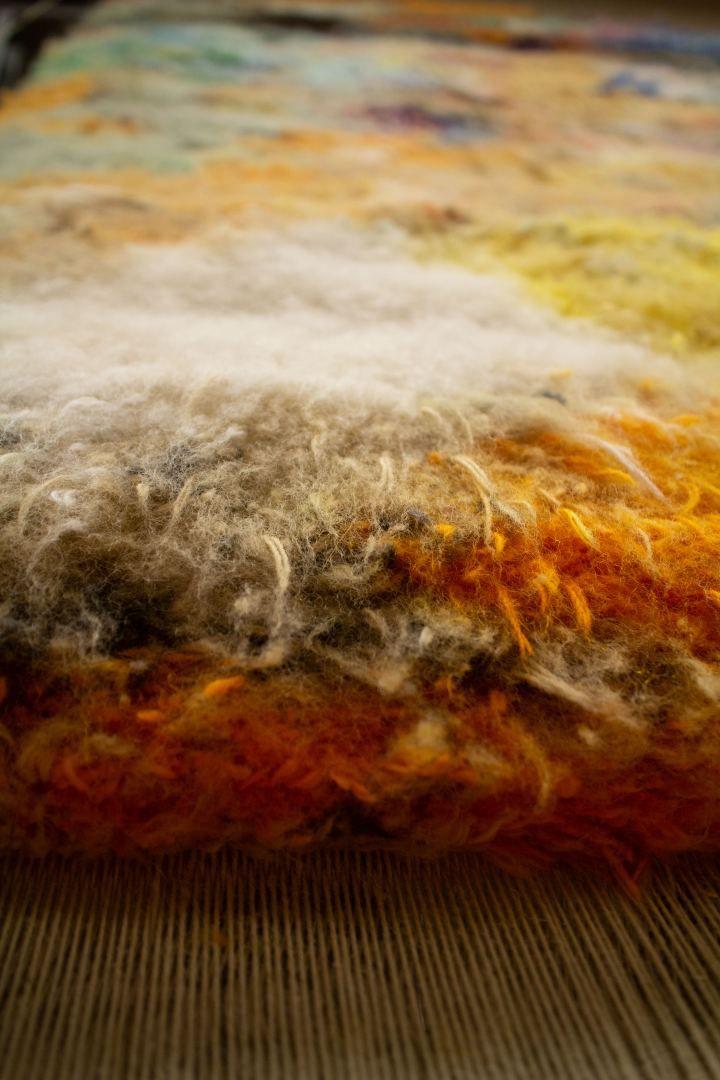

MENAFN24092022000195011045ID1104917934